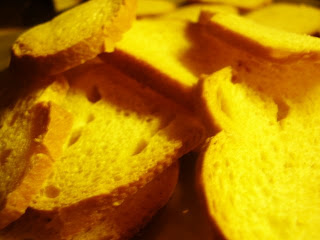Can you tell I’m exhausted?
 (Toaster tried to stow away in our basket but he had to stay home.)
(Toaster tried to stow away in our basket but he had to stay home.)So yesterday we shlepped to Connecticut (that’s not really fair, since its just over the border from Foster, but still it was an hour drive!) to pick currants. Every other sane person was picking blueberries but I am always looking for something unusual so we had to pick currants.
The farm had two kinds: black and red currants. We picked both although more of the red because the black were mostly already overripe. We ended up picking almost 12 pounds and the guy was only charging $1.70 a pound!

Today we awoke to the gargantuan task of dealing with 12 pounds of currants. We decided to start with a natural fruit jelly (which means that for pectin we used apples instead of buying pectin to add). We made applesauce with granny smith apples and a lemon. We then strained this and added it to a bunch of the red currants and A LOT of sugar. We cooked this for awhile, put it in sanitized canning jars and put them through a hot water bath. (Our recipe came from The Complete Book of Home Preserving by Judi Kingry and Lauren Devine.)
But we still had a lot of berries so we moved on to black currant liqueur (crème de cassis). For this we needed vodka so we went to the liquor store and got two handles of cheap vodka for a total of 20 bucks. We used this recipe: http://www.danish-schnapps-recipes.com/black-currant.html and ended up with a large batch of black currant liqueur and a smaller experimental batch of red currant liqueur.
But lo and behold we still had berries to use so we opted to do fresh berries in syrup. We used a cold pack method so all we had to do was clean the rest of the berries (my fingers look like raisins from rinsing and de-stemming all of them) and then pack them with simple syrup and process them. As I write, at 8:30, we are just taking them out of their hot water bath and we are done for the night. (And it only took all day!)
Our final yield was:
7 pints currants in syrup
7 cups currant jelly (plus a little baby half cup jar)
A lot of black currant liqueur (well in 3 months at least)
Some red currant liqueur (also in 3 months)
And some frozen currants because we just couldn’t fit them in anywhere else
I've got no snappy ending for you tonight, these currants wore me out.





 Although nothing will beat the bounty that was our wheat harvest (see last post to fully understand sarcasm), we did pick several other things this week.
Although nothing will beat the bounty that was our wheat harvest (see last post to fully understand sarcasm), we did pick several other things this week.











